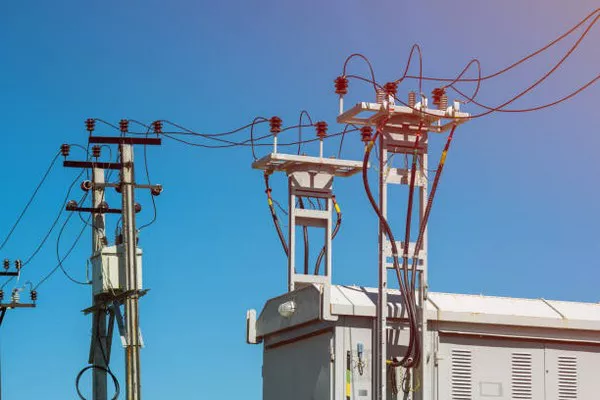Electrical transformers are fundamental devices in the field of electrical engineering, playing a crucial role in the transmission and distribution of electrical power. These devices are responsible for changing the voltage levels of electrical energy, facilitating efficient power transfer across various stages of the electrical grid. In this article, we will delve into the intricate workings of electrical transformers, exploring the step-by-step processes involved in their operation.
Step 1: Basic Structure of an Electrical Transformer
At its core, an electrical transformer consists of two coils of wire, known as the primary and secondary windings, along with a core typically made of laminated iron or steel. The primary winding is connected to the power source, while the secondary winding is linked to the load or the electrical system where power is needed. The core serves as a magnetic pathway, enhancing the transformer’s efficiency by concentrating and directing the magnetic flux generated during operation.
Step 2: Faraday’s Law of Electromagnetic Induction
The operation of an electrical transformer is grounded in Faraday’s law of electromagnetic induction. According to this principle, a change in magnetic flux within a closed circuit induces an electromotive force (EMF) or voltage in the circuit. In the transformer’s primary winding, alternating current (AC) flows, creating a constantly changing magnetic field. This changing magnetic field induces a voltage in the secondary winding, leading to the transformation of electrical energy.
Step 3: Mutual Inductance
Mutual inductance is a critical concept that governs the relationship between the primary and secondary windings. The varying magnetic field produced by the primary winding induces a voltage in the secondary winding. The magnitude of this induced voltage is proportional to the rate of change of magnetic flux, as per Faraday’s law. The ratio of the number of turns in the secondary winding to the number of turns in the primary winding, known as the turns ratio, determines the voltage transformation ratio between the primary and secondary sides of the transformer.
Step 4: Voltage Transformation
One of the primary functions of an electrical transformer is to alter voltage levels, enabling efficient power transmission over long distances. The turns ratio between the primary and secondary windings determines the transformation of voltage. If the secondary winding has more turns than the primary winding, the transformer is called a step-up transformer, increasing the voltage. Conversely, if the secondary winding has fewer turns, it is a step-down transformer, reducing the voltage.
Step 5: Current Transformation
While transformers primarily focus on voltage transformation, they also impact the current in the system. According to the power equation (P = VI), where P is power, V is voltage, and I is current, the product of voltage and current remains constant in an ideal transformer. Therefore, if the voltage increases in a step-up transformer, the current decreases proportionally, and vice versa in a step-down transformer. This relationship is crucial in maintaining the balance of power across the electrical system.
Step 6: Core Saturation
The core material of a transformer, typically made of iron or steel, is susceptible to saturation. Saturation occurs when the magnetic flux in the core reaches its maximum limit, resulting in a disproportionate increase in magnetizing current. This phenomenon can lead to overheating and decreased efficiency. To mitigate core saturation, transformers often incorporate materials with high magnetic permeability and employ sophisticated designs to minimize flux leakage.
Step 7: Efficiency and Losses
Transformers are not perfect devices, and they experience losses during operation. The two main types of losses in transformers are copper losses (due to the resistance of the winding conductors) and core losses (resulting from hysteresis and eddy currents in the core material). To enhance efficiency, transformers are designed with materials that reduce these losses. Additionally, cooling systems, such as oil or forced-air cooling, are employed to dissipate heat generated during operation.
See Also Which Type Of Transformer Used In Industry
Conclusion:
In conclusion, electrical transformers play a pivotal role in the efficient transmission and distribution of electrical power. Understanding the step-by-step processes involved in their operation—from Faraday’s law to voltage and current transformation—provides valuable insights into their functioning. As technology continues to advance, transformers will likely undergo further refinements, contributing to the ongoing evolution of electrical power systems.


